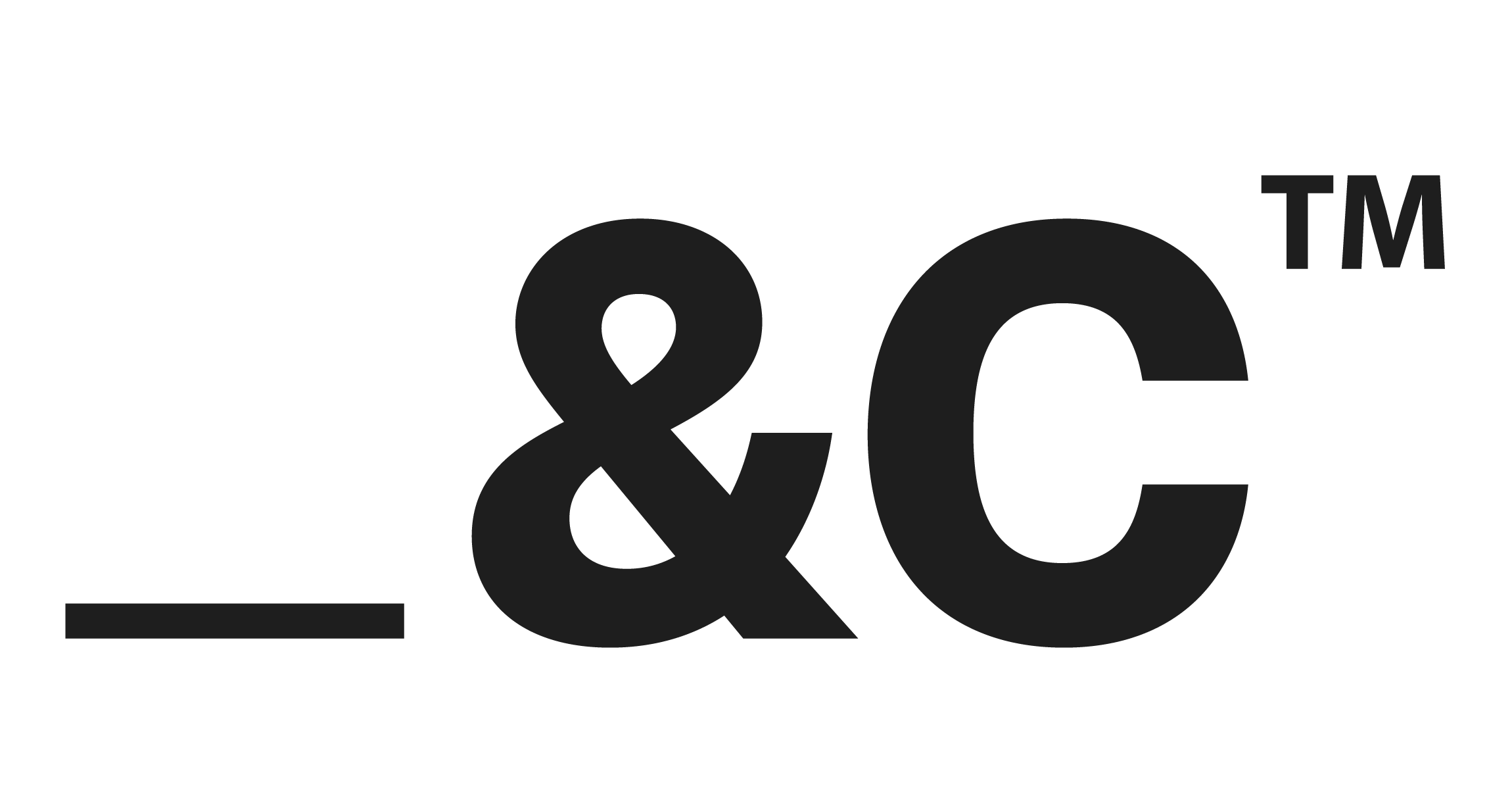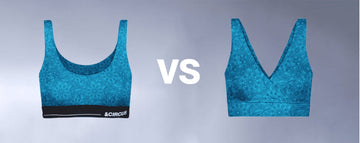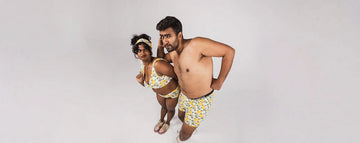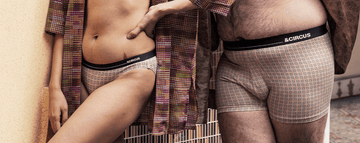Quick Listen:
The underwear section of your favorite store might seem unassuming, but it's quietly leading a revolution. Those neatly folded briefs, bras, and basics are no longer just about comfort they're at the forefront of a seismic shift in fashion. As the world confronts climate change, resource depletion, and overflowing landfills, sustainable fashion has moved beyond niche couture to the everyday essentials we all wear. From organic cotton underwear to recycled polyester intimates, these foundational pieces are proving that small choices can drive monumental change in an industry notorious for its environmental toll.
Conscious Fashion Begins with Basics
The global sustainable fashion market, valued at $3.6 billion in 2023, is set to soar to $9.0 billion by 2033, growing at a robust 9.6% compound annual growth rate, according to a recent industry analysis. This growth isn't driven by flashy runway pieces but by the essentials innerwear, socks, and tees that anchor our wardrobes. Sustainable fashion prioritizes eco-friendly materials, ethical labor, and reduced environmental impact, aiming to cut waste, conserve water, and lower carbon emissions. Brands like AndCircus, a leader in eco-conscious innerwear, are showing how sustainability starts with what's closest to your skin, offering men's, women's, and maternity options that blend comfort with responsibility.
Visit any boutique or browse online, and the shift is clear: bamboo briefs, organic cotton bras, and sustainably crafted maternity wear are everywhere. Consumers are increasingly aware of fast fashion's staggering footprint 10 billion pounds of textile waste end up in landfills each year and they're demanding better. AndCircus, with its focus on eco-friendly materials and fair trade practices, exemplifies how everyday staples can spark a broader movement toward sustainability.
The Surge of Eco-Conscious Essentials
Fashion trends may fade, but sustainability is here to stay. The industry's environmental impact is undeniable: textile production consumes vast amounts of water and generates significant pollution. Yet, materials like organic cotton, bamboo, and recycled polyester are transforming intimate apparel, offering breathability and comfort without the ethical cost. These fabrics are gaining popularity as consumers seek alternatives that align with their values.
Today's shoppers are more than buyers they're advocates. A 2023 study highlights that consumers prioritize brands that are transparent about their sourcing and production. They want to know the story behind their underwear: where it's made, who makes it, and its environmental impact. AndCircus has built its reputation on this openness, crafting innerwear with sustainable materials and ethical labor practices. This isn't just about looking good it's about feeling good about your choices.
Pioneers of the Slow Fashion Movement
AndCircus is part of a growing wave of brands rethinking wardrobe basics. Organic cotton undergarments and bamboo leggings, once niche, are now mainstream, appearing in collections from startups to legacy labels. AndCircus stands out with its dedicated focus on innerwear designed for men, women, and expecting mothers that balances sustainability with accessibility. Their commitment to fair trade and eco-friendly production reflects a broader industry push for fashion that respects the planet.
The secondhand clothing market is another force, growing three times faster than the overall apparel sector, according to ThredUp's 2023 resale report. Global sales of pre-owned garments reached $197 billion in 2023 and are projected to hit $350 billion by 2028. Gen Z and millennials, with increasing purchasing power, drive nearly two-thirds of this growth, embracing platforms like Vinted and Depop for their affordability and environmental benefits. Yet, challenges persist some fear secondhand markets are adopting fast fashion's cycle of overconsumption, with buyers chasing constant novelty.
Challenges in Scaling Sustainability
Building a sustainable fashion industry is no small task. Eco-friendly materials like organic cotton and recycled polyester often carry higher costs, making it difficult for brands to keep prices competitive. Ensuring transparency across complex supply chains verifying that every step, from raw material to finished product, meets ethical and environmental standards is a logistical challenge. And then there's the consumer hurdle: convincing shoppers that a $20 sustainable bra is worth more than a $5 fast-fashion alternative.
Education remains critical. The more people understand fast fashion's toll its water waste, carbon emissions, and labor exploitation the more they'll turn to brands like AndCircus. But change is gradual. With inflation and economic pressures pushing consumers toward cheaper options, brands must work harder to make sustainability accessible and compelling.
Innovations Driving a Greener Future
Despite the challenges, innovation is paving the way. Technologies like 3D knitting and biodegradable fabrics are streamlining sustainable production, reducing waste while maintaining quality. The rise of circular fashion focused on reusing, recycling, and upcycling garments is gaining momentum. The European Union's 2023 Strategy for Sustainable and Circular Textiles is pushing the industry toward zero waste, with resale platforms like Vinted helping keep clothing out of landfills.
Collaboration is also key. Brands are partnering on initiatives like eco-friendly packaging, carbon offsetting, and waste reduction. AndCircus, for instance, is exploring ways to recycle old innerwear into new products, closing the waste loop. These efforts aren't just about optics they're reshaping the industry into one that prioritizes the planet over profit.
A Revolution Rooted in Everyday Choices
The future of fashion lies not in extravagant runway shows but in the quiet power of daily decisions. Experts in sustainable fashion argue that focusing on essentials like innerwear is critical to achieving broader environmental goals. The global sustainable fashion market, valued at $7.8 billion in 2023, is projected to reach $33.05 billion by 2030, driven by growing consumer demand for eco-friendly and ethically sourced apparel, according to Coherent Market Insights. This growth signals a fundamental shift toward responsible practices.
Picture a world where every pair of underwear supports fair wages, reduces emissions, and diverts textiles from landfills. That's the future AndCircus and other trailblazers are building. For brands, the path forward is clear: innovate relentlessly, maintain transparency, and make sustainability affordable. For consumers, the call to action is simpler start small. Choose an organic cotton bra or recycled polyester boxers. These choices ripple outward, signaling to the industry that sustainability isn't optional. As landfills swell and the planet warms, those humble essentials could be the key to a greener, more equitable fashion future.
Frequently Asked Questions
Why is everyday innerwear central to the conscious fashion movement?
Everyday essentials like underwear and basics are driving the conscious fashion revolution because theyre used most frequently and closest to the skin. By choosing sustainable materials such as organic cotton or bamboo for these foundational items, consumers can make a significant environmental impact while prioritizing comfort and ethical production.
What challenges do sustainable fashion brands face in scaling everyday essentials?
Sustainable brands must overcome higher material costs, complex supply chain verification, and consumer price sensitivity. Educating shoppers about the long-term value of eco-conscious choices and investing in innovations like 3D knitting and biodegradable fabrics are key to making ethical fashion more accessible and mainstream.
What sustainable materials are used in conscious innerwear, and why do they matter?
Conscious innerwear brands use materials like organic cotton, bamboo, and recycled polyester, which require less water, generate fewer carbon emissions, and avoid toxic chemicals. These fabrics offer breathability and comfort, while helping to reduce the fashion industrys large environmental footprint.
Disclaimer: The above helpful resources content contains personal opinions and experiences. The information provided is for general knowledge and does not constitute professional advice.
You may also be interested in: Staying Sustainable Finding Men's Underwear for Every Body Type
Uncomfortable underwear shouldn't steal your confidence. At Andcircus, we craft ultra-soft, sustainable Lenzing Modal Micro innerwear for every body, XS to 5XL. From briefs to bras, our custom packs fit you perfectly. Shop risk-free with our 100% satisfaction guarantee and embrace comfort that includes everyone. #LoveEveryBody. Shop Now!







































